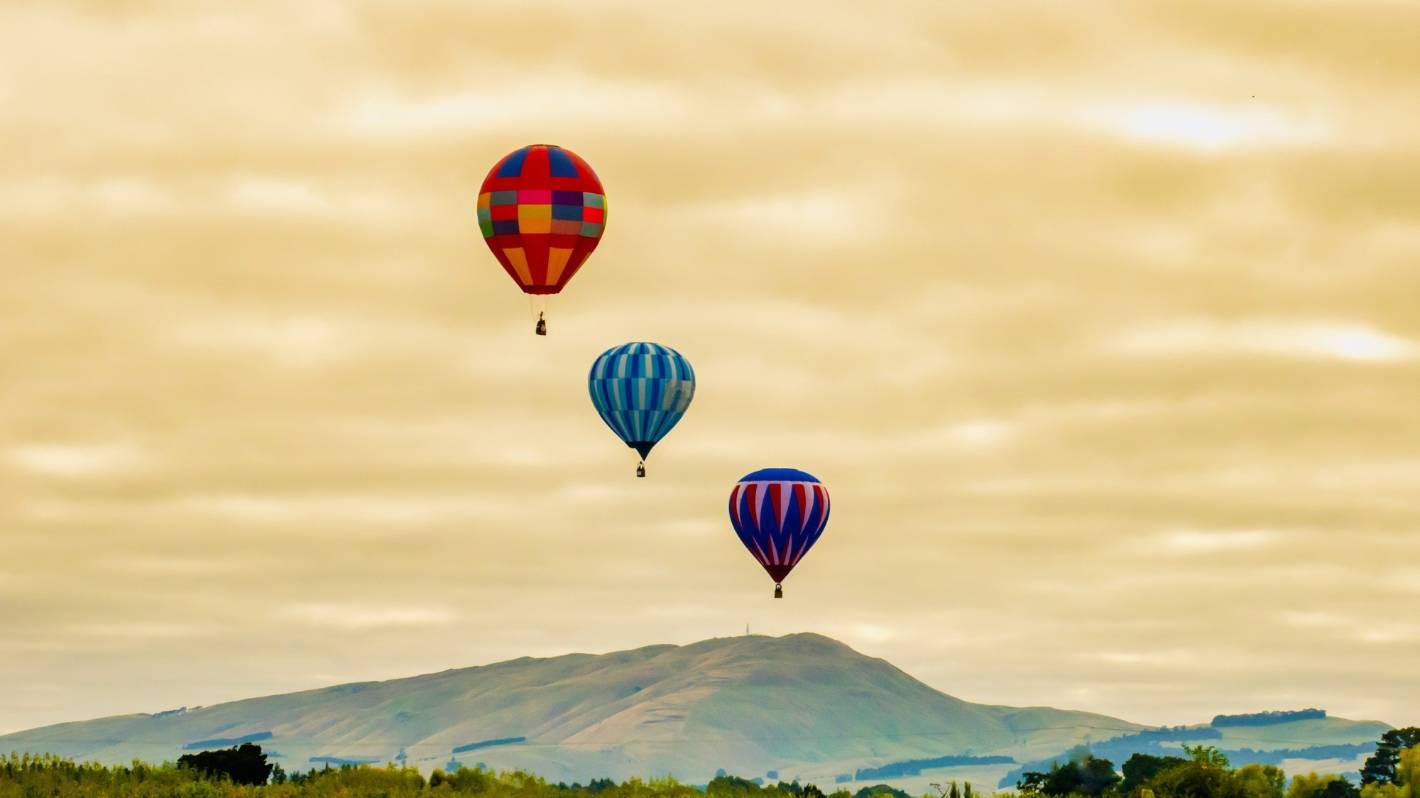A BRIEF TIMELINE OF THE WAIRARAPA

The Wairarapa is a large and bountiful region with a long and complex history. Maori oral tradition tells us the area is a part of the huge fish 'Te Ika a Maui', hooked and caught by Maui – a Polynesian tupua (super hero). The fish is the North Island of New Zealand. Te Karu o Te Ika a Maui, the eye of the fish, is Lake Wairarapa (Wairarapa Moana) and its mouth, Te Waha o Te Ika a Maui, is Palliser Bay.
The geographically distinctive Wairarapa valley, bounded by the Remutaka (Rimutaka) and Tararua mountain ranges on the western side and the large hills of the eastern coastline, has been shaped by a system of northeast trending faults, which are still very active today. The valley was once covered in giant podocarp forest, of Totara, Miro and Matai in the north and a mixture of forest, fernland, shrubland, some grassland, swamp and lake in the south.
1000 - Kupe
The epic journey of the great Polynesian explorer Kupe left ancient names on the Wairarapa landscape, Nga waka a Kupe, the great waka of Kupe is located near Martinborough and Nga Ra o Kupe, located on the South Coast at Matakitaki a Kupe (Cape Palliser).
1200 - First Settlers
Traces of settlements two centuries after Kupe have been unearthed on the south coast of the Wairarapa. Archaeological evidence tells us that New Zealand's oldest inhabited dwelling is a whare (house) site located in the Omoekau Valley above Cape Palliser. The residents were proficient gardeners and an intensive walled system of Kumara gardens is still distinguishable today. Their coastal situation gave them access to an ocean teeming with kai moana (sea food) as well as entry onto the coastal highway by waka (watercraft) or on foot.
1600 - IWI
By 1600 Rangitane and then Ngati Kahungunu have arrived and settled in the Wairarapa. Conflict and disputes take place between the two iwi, however intermarriage and diplomacy prevail and on the whole, they coexist peacefully in the region. 'Te Rerewa', a political agreement negotiated in the 1600's established an ongoing accord between the two iwi which still continues today.
1850's – 1860's
Land Purchase
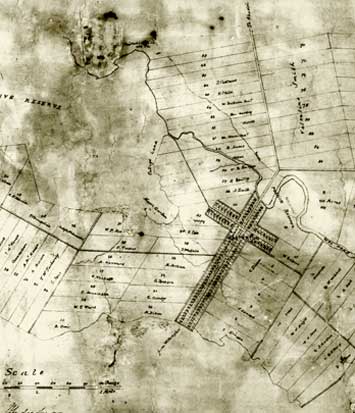
During 1853 the Government's agent Donald McLean negotiates with Wairarapa chiefs to buy land. The huge Castlepoint block of 250,000 acres (100,000 hectares) is the first of many sales this year.
Later known as 'Ahiaruhe' this block was purchased for £2500 (approx $1 for 30 acres) and was the basis for some of the largest stations in the north eastern Wairarapa. In total about 1.5 million acres (600,000 hectares) were purchased within six months.
1853
Working class settlers feel cheated by the New Zealand Company and demand land for farming. With Governor George Grey's support, Joseph Masters, Charles Carter and William Allen form the Small Farms Association in 1853, which buys land through local rangitira Retimana Te Korou. Masterton and Greytown become New Zealand's first planned inland towns; Carterton and Featherston follow in 1857.
1855
A huge earthquake changes the landscape throughout the Wellington region, raising parts of the coast and creating the western shore access between Wellington and the Hutt Valley, and the distinctive faultline terraces from Palliser Bay northwards along the western foothills of the Wairarapa.
1870's – 1880's
Breaking New Ground
Prime Minister Julius Vogel's settler development programmes include clearing the ancient forest Tapere nui a Whatonga (The Great Domain of Whatonga), also known as ‘Seventy Mile Bush', between Masterton and Hawke's Bay. Danish and Norwegian road-workers clear the Forty Mile Bush up to the Manawatu River in return for cheap land. The first group of settlers reaches the Kopuaranga ‘Camp' in 1872, and then endure two years of appalling conditions in crude huts until the Mauriceville and Eketahuna settlements are cleared.
1871
The Masterton Trust Lands Trust is formed to manage land not taken up by settlers. The original £3165 value of the land will grow into assets worth over $40 million and the Trust will play a key part in Masterton's future. The Trust still maintains an influential role in the development of Masterton today.
1878
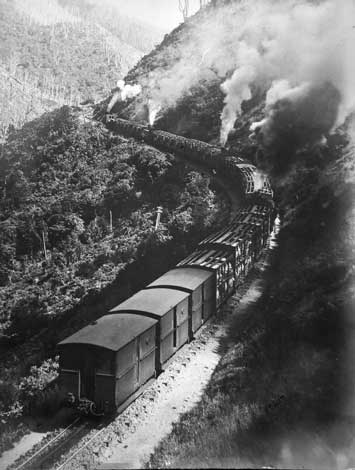
The Rimutaka Incline railway is opened. One of the world's steepest railways it uses imported Fell engines built in Bristol in 1875, with special brakes and wheels that grip an extra central rail. It replaces coastal shipping as the district's main southern transport route.
1877
Masterton Park is planted. Later it is renamed Queen Elizabeth Park after her visit in 1954.
1879
Selina Sutherland's forceful influence leads to the founding of Masterton Hospital.
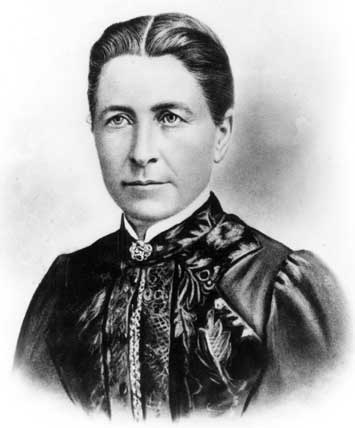
1890's – 1900's
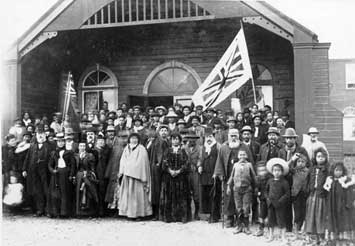
Kotahitanga – Maori Parliament
Delegations from many tribal areas meet at Papawai Marae near Greytown to discuss important issues at the Kotahitanga. After talks with Premier Richard Seddon and King Mahuta in 1897, the Maori Parliament supports a petition to Queen Victoria that all remaining Maori land should be protected.
1913
The Castlepoint lighthouse is completed. Until 1900 Wairarapa's dangerous coast has captured about 40 ships.
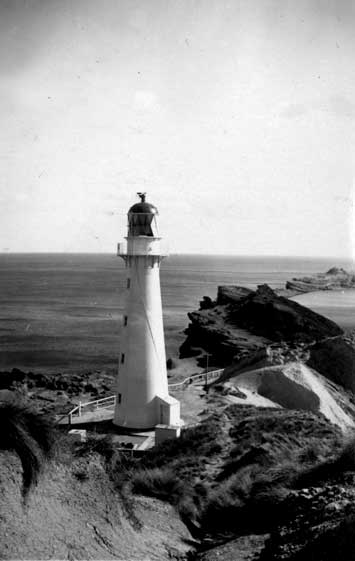
1922
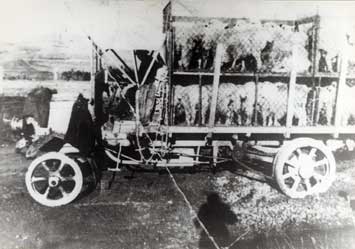
The first double-decked sheep truck in the country, thought to be the first in the world, is designed and built at Riversdale for Masterton carrier F.B. Gray.
1944
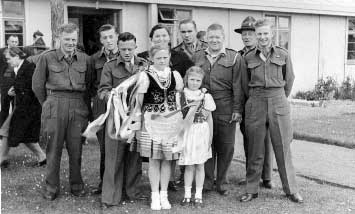
The old Pahiatua racecourse, originally set up as an internment camp for European nationals, becomes a refugee camp for 733 Polish children.
The plan is for them to return home after the war, but after Russia enters Poland they stay on to become New Zealanders.1961
In Masterton's biggest state housing project 300 homes are built on the ‘Cameron block'. Ngati Kahungunu community leader Dick Himona successfully lobbies the Government to allocate some of these houses to Maori. In 1998, half a century after the first state house was built, the Government sold 576 Masterton state houses to Trust House.
1984
Four vineyards, Ata Rangi, Dry River, Martinborough and Chifney begin planting grapevines into the ideal Martinborough soil. Three opt for Pinot Noir and ten years later they are producing world class wine. By 1995 the area's 17 wineries, Toast Martinborough festival, international accolades and increasing foreign investment have reinvented the town.1999
The annual International Balloon Festival begins in Masterton.
